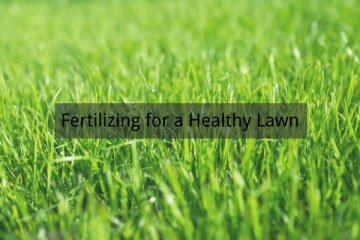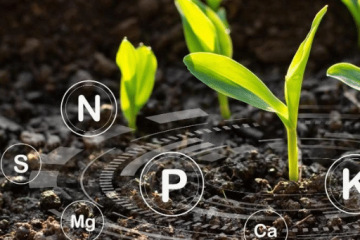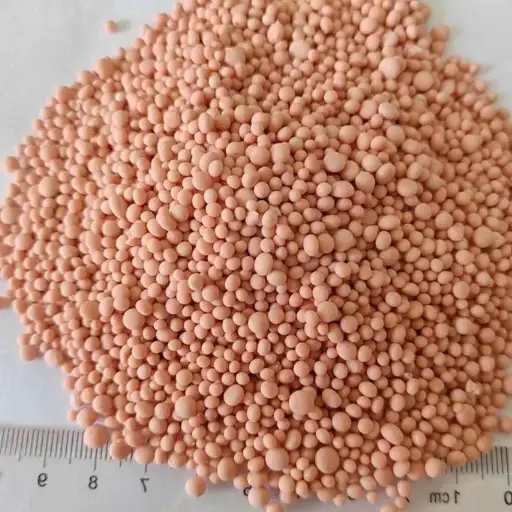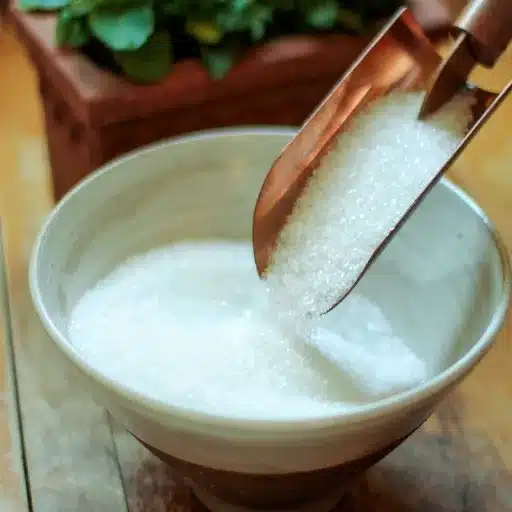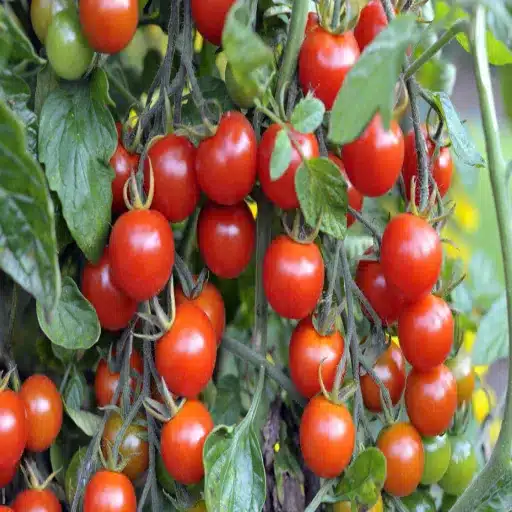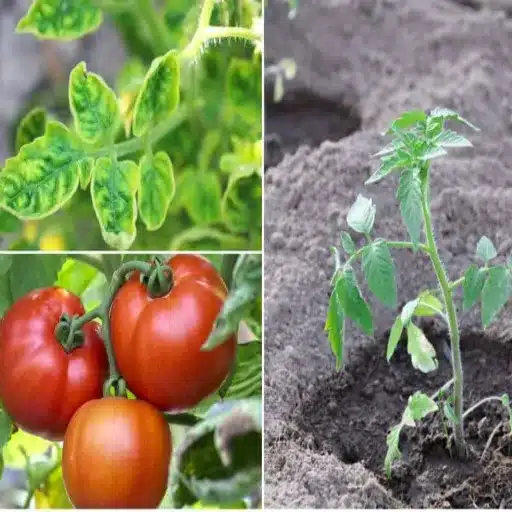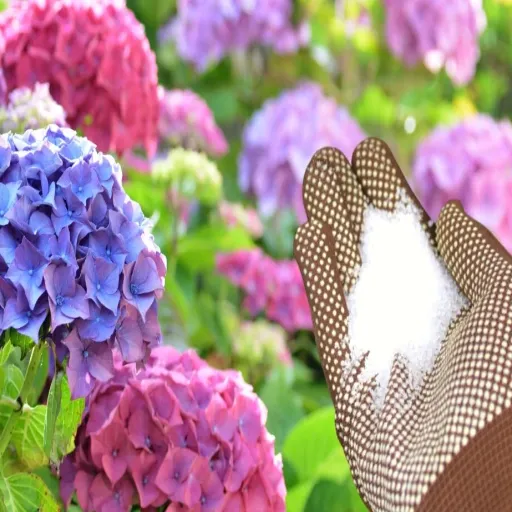Understanding 16-16-8 Fertilizer

What is 16-16-8 Fertilizer?
The 16-16-8 fertilizer is a balanced all-purpose fertilizer containing three key nutrients: nitrogen (16%), phosphorus (16%), and potassium (8%). These essential nutrients, represented by the N-P-K ratio, support healthy plant growth. The ratio reflects the percentage of each nutrient by weight, making it straightforward for gardeners to meet their plants’ needs.
- Nitrogen: Promotes lush, green foliage and vegetative growth.
- Phosphorus: Supports root development, flowering, and fruiting, crucial during initial and reproductive stages.
- Potassium: Enhances overall plant health, disease resistance, water absorption, and strengthens stems and roots.
This nutrient ratio is versatile, ideal for gardens, lawns, and farms requiring balanced nutrition. It’s particularly effective for young plants or nutrient-deficient soils, making it a go-to choice for vibrant, healthy plants in various gardening environments.
Composition and Nutrient Ratio
The 16-16-8 label indicates the fertilizer contains 16% nitrogen, 16% phosphorus, and 8% potassium by weight, with the remainder consisting of fillers or trace elements for even nutrient distribution. This balanced composition supports:
- Lush foliage: Nitrogen drives vegetative growth, ideal for leafy or ornamental plants.
- Strong roots: Phosphorus fosters robust root systems and aids flower and fruit development.
- Plant resilience: Potassium enhances disease resistance, water regulation, and cell wall strength.
This fertilizer is suitable for vegetable gardens, flower beds, and lawns. However, a soil test is recommended to ensure the ratio aligns with your plants’ needs and prevents over-fertilization.
Benefits of Balanced Nutrients for Plants
Balanced nutrients are critical for healthy plant growth, offering several advantages:
- Improved Growth: Optimal nitrogen, phosphorus, and potassium levels promote faster growth, stronger stems, and healthier foliage, potentially increasing leaf area by up to 30% for enhanced photosynthesis.
- Better Flowering and Fruiting: Phosphorus and potassium boost reproductive processes, increasing fruit yield by up to 25%.
- Enhanced Stress Resistance: Potassium strengthens cell walls and regulates water loss, reducing drought-related stress by up to 20%.
- Improved Soil Health: Balanced nutrients prevent deficiencies or toxic buildup, sustaining long-term soil fertility.
- Better Crop Quality: Enhanced color, texture, and nutritional value, with studies showing a 15% increase in vitamin C in tomatoes.
Regular soil testing and understanding crop needs are key to maximizing these benefits.
Benefits of Using 16-16-8 Fertilizer
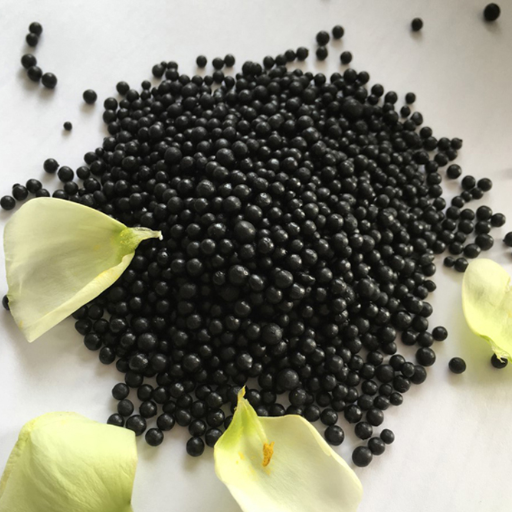
Improved Plant Growth
The 16-16-8 fertilizer delivers immediate nutrients for vigorous growth. Nitrogen supports lush foliage, phosphorus strengthens roots and boosts flowering, and potassium enhances stress tolerance. This balanced blend ensures uniform growth across all plant stages, reducing nutrient deficiencies and improving resilience.
Research shows balanced fertilizers like 16-16-8 enhance both yield and quality, improving flavor, texture, and nutritional value in crops like corn, tomatoes, and leafy greens. Timely application and proper soil management maximize these benefits.
Enhanced Soil Nutrient Levels
Healthy soil is vital for agricultural productivity. The 16-16-8 fertilizer replenishes essential nutrients, promoting root growth, pest resistance, and water retention. Advances in precision agriculture, such as drones and AI, enable targeted nutrient application, reducing waste and environmental impact while improving yields.
Organic practices, like compost and biofertilizers, complement 16-16-8 by enhancing microbial activity and soil structure, supporting long-term fertility and ecosystem health.
Better Crop Yields
Balanced fertilizers contribute to higher crop yields by supporting plant health and resource efficiency. High-yield crop varieties, precision farming, and efficient irrigation systems like drip irrigation enhance productivity while minimizing waste. Collaborative research continues to develop climate-resilient crops and sustainable practices, ensuring food security.
Practical Uses of 16-16-8 Fertilizer
Best Types of Plants for 16-16-8
The balanced 16-16-8 ratio suits a variety of plants, including:
- Lawns and Turfgrass: Nitrogen promotes lush, green growth, ideal for maintaining healthy lawns under stress.
- Vegetable Gardens: Phosphorus supports root development and flower production in crops like tomatoes and squash.
- Perennial and Ornamental Plants: Balanced nutrients enhance foliage and blooms in roses and shrubs.
- Fruit Trees and Vines: Supports growth, fruit development, and pest resistance in apples, grapes, and citrus.
Combine with proper soil management for optimal results.
Suitability for Vegetables, Fruits, and Ornamental Plants
The 16-16-8 fertilizer supports:
- Vegetables: Promotes vegetative growth and root development in crops like spinach, carrots, and lettuce.
- Fruits: Enhances fruit size, sweetness, and plant resilience in apples, strawberries, and grapes.
- Ornamentals: Boosts foliage and blooms in roses, hibiscus, and azaleas, creating vibrant gardens.
Soil testing ensures nutrient balance and prevents over-application.
Effective Application Methods
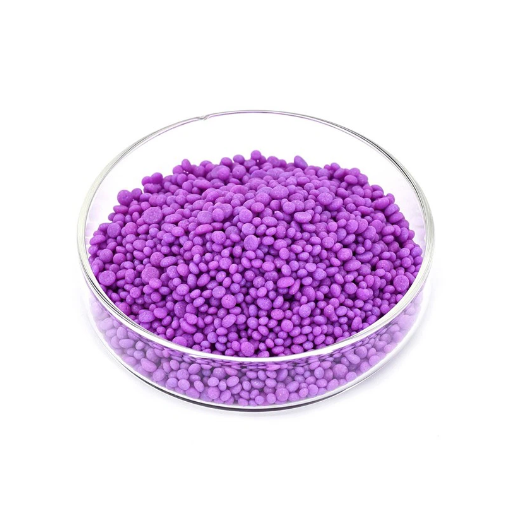
How to Apply 16-16-8 Fertilizer in Lawns
- Understand Lawn Needs: Conduct a soil test to confirm 16-16-8 suits your lawn.
- Choose the Right Time: Apply in spring or late summer/early fall, avoiding extreme heat or drought.
- Prepare the Lawn: Mow and lightly water the lawn a day before application.
- Calibrate Spreader: Follow manufacturer rates for even distribution.
- Apply Evenly: Use a grid pattern for uniform coverage.
- Water After: Water thoroughly to activate nutrients and prevent burns.
- Monitor Progress: Observe lawn health and reapply every 6-8 weeks as needed.
Applying in Flower Beds
Use slow-release granular fertilizers or organic materials for flower beds. Apply as follows:
- Follow package instructions for quantity to avoid over-fertilization.
- Loosen topsoil around plants for better nutrient absorption.
- Spread fertilizer evenly, avoiding stems and foliage.
- Water thoroughly post-application to activate nutrients.
- Monitor plant health and fertilize every 4-6 weeks during the growing season.
Application in Agricultural Fields
Effective fertilizer application enhances agricultural productivity:
- Improve Soil Fertility: Boosts crop yields by up to 50%.
- Support Sustainability: Precision farming reduces fertilizer use by 20-30%.
- Enhance Crop Quality: Improves taste, appearance, and nutrition.
- Support Marginal Lands: Biofertilizers enable cultivation in low-fertility soils.
- Increase Efficiency: Drip irrigation improves water use efficiency by 40%.
Comparing 16-16-8 Fertilizer with Other Fertilizers
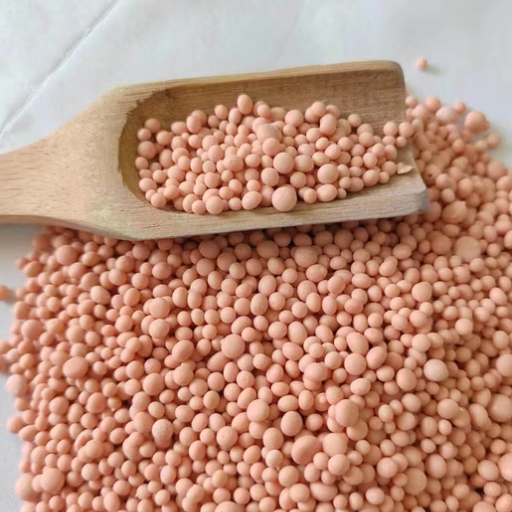
Advantages of 16-16-8 Fertilizer
The 16-16-8 fertilizer offers:
- Versatility: Suitable for vegetables, fruits, and grains across growth stages.
- Balanced Nutrition: Prevents nutrient imbalances, optimizing yield and resource use.
- Proven Results: Enhances crop quality and yield, as supported by research.
Potential Limitations to Consider
Consider these limitations:
- Soil-Specific Needs: Requires soil testing to ensure suitability.
- Cost: Initial investment in fertilizers and precision tools may be high for small farms.
- Environmental Impact: Overuse can lead to runoff or resource depletion.
Frequently Asked Questions (FAQ)
| Question | Answer |
|---|---|
| What is 16-16-8 fertilizer and how does it work? | A balanced synthetic fertilizer with 16% nitrogen, 16% phosphorus, and 8% potassium, promoting leaf growth, nutrient absorption, and lawn establishment. |
| How can I use 16-16-8 fertilizer for my garden? | Apply according to plant needs, ideal for various crops to support root development and greener foliage. |
| Is 16-16-8 fertilizer suitable for new lawns? | Yes, it supports strong root development and vibrant color in new lawns. |
| What are the benefits of using a balanced formula like 16-16-8? | Provides comprehensive nutrients for better growth, chlorophyll production, and lush appearance. |
| Can I use 16-16-8 fertilizer on my flower beds? | Yes, it promotes vigorous growth and blooming, but follow application rates to avoid nutrient buildup. |
| What are the differences between 16-16-8 and 10-10-10 fertilizers? | 16-16-8 has higher nutrient concentrations, ideal for landscapes needing a significant boost. |
| How often should I apply 16-16-8 fertilizer? | Every 6-8 weeks during the growing season, based on plant needs and gardening calendar. |
| Are there any drawbacks to using synthetic fertilizers like 16-16-8? | Potential nutrient runoff and soil imbalance if over-applied; integrate organic practices for sustainability. |
| Can 16-16-8 fertilizer improve my lawn’s resistance to weeds? | Yes, it promotes dense, healthy grass that suppresses weed growth. |

